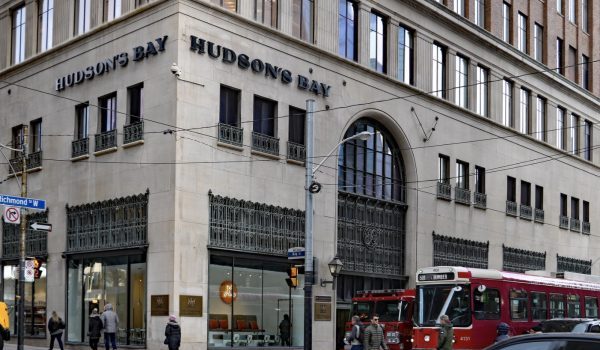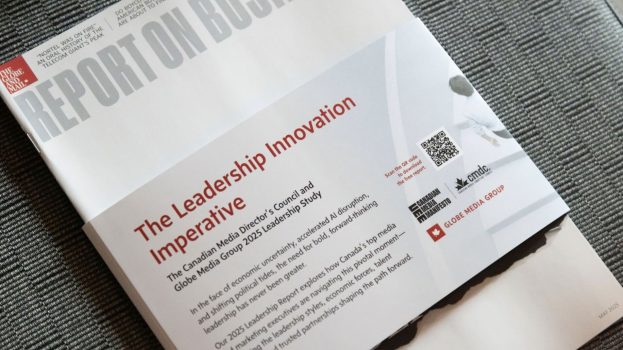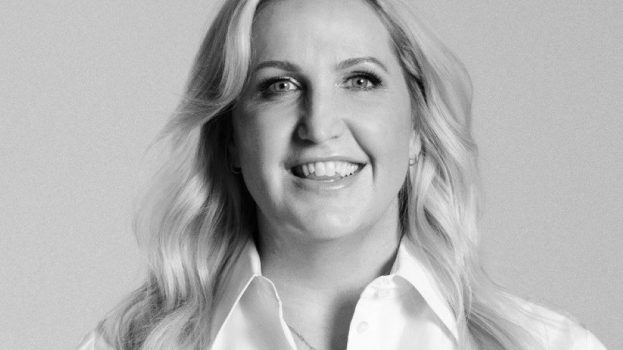Tony: The U.S. Treasury reduced interest rates to 0% and stated there is no limit to the amount of money it is prepared to flood the marketplace with. How bad can things get?
Value is no longer a ‘nice to have’; it is a ‘need to have.’ Consumers are fighting for survival as they see trillions of dollars being wiped off the balance sheet, at a time when unemployment is skyrocketing. Overnight, their shopping patterns have shifted from discretionary to mandatory; they are buying with cash, making lists and trading down. Even luxury brands are screaming ‘Sale! Sale! Sale!’ What can a marketer do to survive?
Ken: I think we’re about to find out who really believes in marketing and who’s just been giving it lip service. I say that because whether economic conditions are good or bad, the fundamentals – how to create and sustain value and build great brands for the long term – do not change. What’s changed is that now you have to do it, and you have to do it efficiently.
Now we find out who can walk the talk – who really sees marketing as an investment and who sees it as a discretionary expense.
Tony: I equate this to sailing. When the wind is blowing, anyone can move their boat forward. When the wind dies, you either sit there and wait for things to happen, or you find whatever wind there is and make things happen.
This is an opportune time for marketers to grow share – every consumer in every category is up for grabs. It’s how Obama won his election – every state, one voter at a time.
Ken: We know what it takes to survive and thrive in the medium-to-long term. We have a pretty good idea that under good economic conditions we’d be doing it. So the real question is, ‘What do we do between now and the next round of good times?’
Interestingly, the rules still apply here:
1. Don’t cut your price unless it is absolutely necessary.
2. If you do, use below-the-line promotions or anything else that will help make the cut temporary.
3. Enhance marketing productivity – via scale, loyalty management, working off some existing brand equity and process as well as product innovation – as a means of financing any required price cut/promotion.
4. Look for easy-to-implement sources of differentiation (like packaging and partnerships) to buy time before the next R&D discovery.
One last thing: don’t lose anyone good, and spend – if you have to – to keep the sales force motivated.
Tony: Recognize the importance of positioning, strategy and tactics, and that all hands on deck are key.
Recalibrate your positioning based on insights garnered from a changing consumer mindset, identify the competitive strategy required to get their attention and the tactics that will persuade them to buy and drive all the non-value-added activities from your business. Get all hands on deck, working together to harness that wind and drive you past your competition.
Ken: One last thing. This is too important to leave it solely to the politicians. Let’s make this recovery a grassroots movement. We can and we must.
Ken Wong is a career academic at Queen’s School of Business who has been busily consulting on how to get through the economic downturn in the few spare moments he has between classes and speaking gigs. Tony Chapman is an entrepreneur/career brand guru and founder of Toronto-based indie agency Capital C. Both are legendary (according to the Marketing Hall of Fame).























